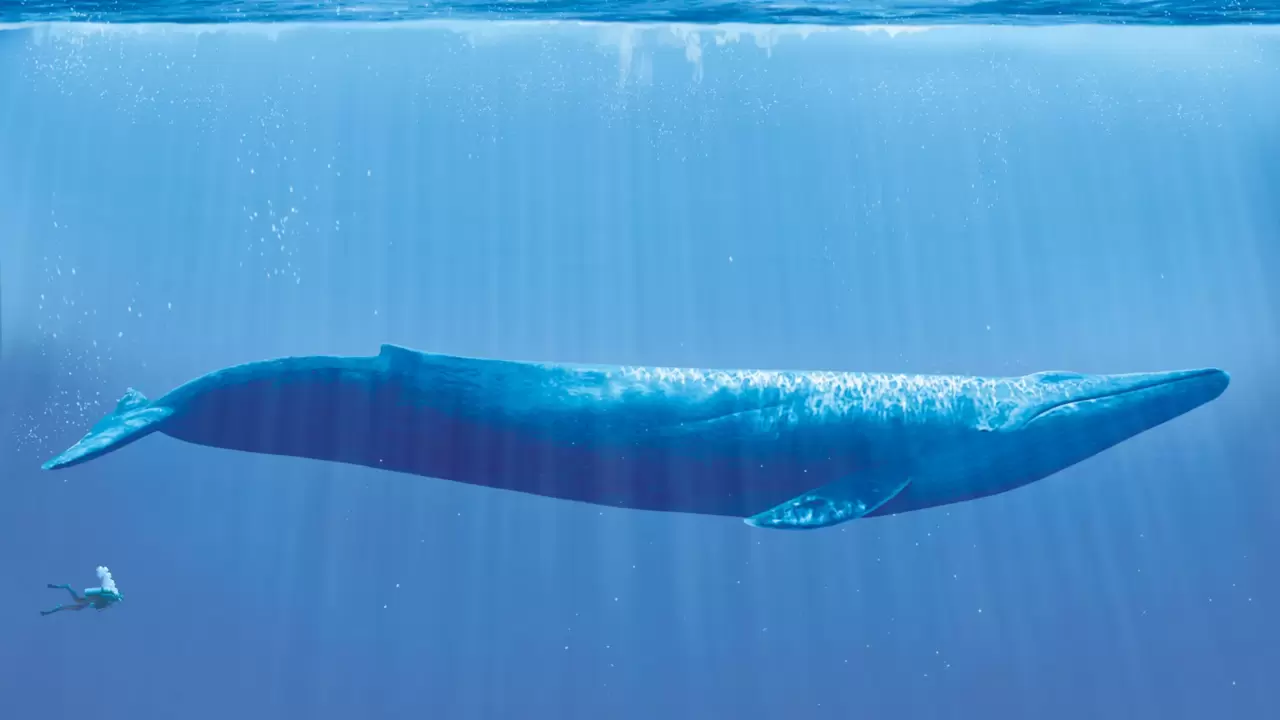The study is a continuation of field research spanning more than a decade of data on whales and their feeding habits by Stanford biologists and oceanographers. For the first time, the researchers combined this information with measurements of microplastic concentration in the water column off the California coast. The new analysis shows that whales mostly feed at depths of 50-250m, where the open ocean has the highest concentrations of microplastics.
Scientists have discovered that whales consume plastic parts in the same way as regular prey. This means that whales swallow about 10 million small pieces of plastic a day.
As part of their analysis, the team also studied the effect on humpback whales, which feed mainly on herring and anchovies, ingesting an estimated 200,000 pieces of microplastics per day. Fin whales that eat krill and fish ingest 3 to 10 million pieces of microplastic a day. Consuming plastic with prey worries scientists, who are concerned about the unknown effects on animal nutrition.
Source: Ferra










